Table of Contents
Gametogenesis:
In higher organisms, sexual reproduction involves the fusion of gametes produced by the parents. The mechanism by which these gametes are formed is known as gametogenesis. These are highly differentiated cells that originate in the gonads. Gametes arise from the cells that originate in the gonads. However, in certain cases, they have been reported to originate in the embryonic stage from the endoderm, which later migrates to the gonads. In amphibians, reptiles and birds, the extragonadal origin of germ cells has been well established. For the vast majority of animals, the primordial germ cells that are destined to become sperm mother cells are organized in gonads in early embryonic life itself, and they later differentiate and mature when the animal attains reproductive age. The process by which the testis produce male gametes is called spermatogenesis, and the process of formation of female gametes is known as oogenesis.
Spermatogenesis:
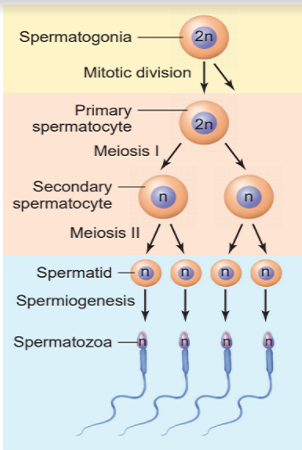
In males the primordial germ cells lining the testis multiply and produce countless spermatogonia or sperm mother cells. They undergo repeated mitotic divisions and are transformed into primary spermatocytes, which lie in the lumen of seminiferous tubules of the testis. These primary spermatocytes then undergo first meiotic division to form secondary spermatocytes. Each secondary spermatocyte further divides meiotically a second time, producing four spermatids. Each spermatid has a haploid number of chromosomes and develops into a mature sperm through a process called spermiogenesis.
The process of maturation and differentiation of spermatids into spermatozoa involves shrinking of the nucleus reduction of chromosomes and change in shape from spherical to oval or elliptical. Further, the Golgi apparatus in the cytoplasm develops small vesicles, each containing a granule. The small granule enlarges and fuses to form a bigger vesicles, and the granule becomes attached to the tip of the enlarged nucleus- which is the forerunner of the future acrosome. The acrosome along with the granule may project from the nuclear surface and the remaining Golgi apparatus then undergoes regression. The nucleus may also move forward towards the cell surface.
Simultaneously, tail formation starts. The two centrioles of the spermatid move towards the nucleus, one in the proximal region, and the other in the distal region. The centriole of the distal region forms an axial filament of the future tail. Mitochondria then surround the axial filament to form the middle piece, around which the cytoplasm is condensed to form a layer. The other centriole gives rise to a ring of nine filaments to thicken the tail and the cytoplasm moves away from the nucleus, much of which is discarded. Finally, the nucleus protrudes from the remaining cytoplasm to form the sperm head surrounded by a thin membrane.
Oogenesis:

In animals, the primordial germ cells lining the ovary are called oogonia, which undergo several mitotic divisions to form oocytes. Each oogonium contains paired chromosomes equal in number to those present in the somatic cells. At the time of sexual maturity, one oogonium develops into a primary oocyte, which undergoes a period of growth until the final size of the egg is attained. The essential difference between spermatogenesis and oogenesis lies in the fact that in sperms the process of maturation and differentiation occur after meiotic divisions have been accomplished, whereas in eggs differentiation takes place before the commencement of the reduction division.
After completion of the growth of the primary oocyte, maturation divisions take place, which is unequal. The first maturation division is meiotic, which gives rise to a larger and a smaller cell, the latter known as the first polar body. The larger cell is called the secondary oocyte. The second division, which is also meiotic, is somewhat delayed and occurs in the same way as the first one, producing a second polar body. However, the second reduction division is delayed until the egg is activated by the sperm. Simultaneously, the first polar body also divides to produce two cells. Eventually, each oocyte produces four cells, out of which three smaller ones are the polar bodies and the remaining larger one is the egg proper, with a haploid number of chromosomes. In a mature egg cell, the nucleus is centrally placed and is called the female pronucleus.
The growth and maturation of oocytes and spermatocytes in vertebrates are controlled by hormones. Growth of oocyte before maturation division is essential from two considerations. First, the oocyte has to grow to a size so as to maintain the appropriate surface area/volume ratio necessary for cell metabolism. Secondly, growth is associated with the accumulation of nutrients mostly in the form of yolk. The yolk/cytoplasm ratio may vary from cell to cell, but it ultimately determines the pattern of cleavage.
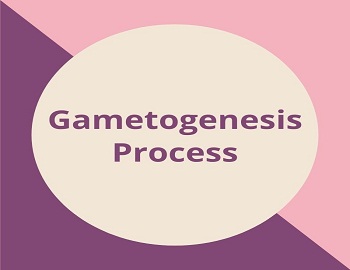

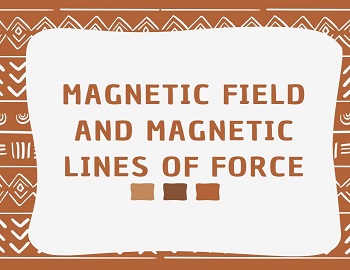

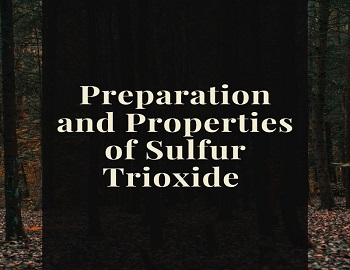



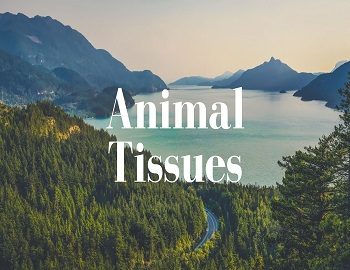
Comments (No)